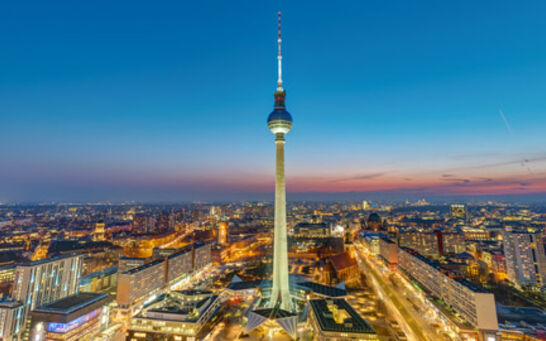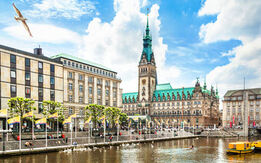Figure of the month: 1886
News Arnulf Hinkel, financial journalist – 03.01.2018
Although gold deposits in South Africa had been reported as early as 1852, it took until 1886 for the gold rush to set in. That year, rumours of the discovery of a "modern El Dorado" attracted adventurers from all over the world to Witwatersrand on their quest for gold. Their hope was anything but unjustified: to this day, the gold field of Witwatersand is by far the largest of its kind. The ensuing gold rush was not only one of the greatest of all time, it also led to the emergence of South Africa's largest city to date: Johannesburg. Within less than ten years, the Witwatersand gold rush caused the city’s population to rise above 100,000. Today, with around 4.5 million inhabitants, Johannesburg is one of the 50 largest urban areas in the world. Another important effect for the country as it stands today is the fact that the Witwatersand gold rush is widely perceived as a key element of the so-called "mineral revolution", which led to the development of a very heterogeneous patchwork of agricultural states into a closed industrial nation. At the same time, South Africa became the world's largest gold producer. To date, more than 40,000 tons of gold have been mined from the Witwatersand gold field alone. In 1970, South African gold mining peaked with a production of more than 1000 tons of gold. The very same year China, which is currently the leading gold mining nation, produced only 1.5 tons. Australia, now the world's number two gold nation, produced just under 20 tons in 1970, while the US, which currently ranks fourth, mined a comparatively large amount of gold in 1970 at more than 54 tons. Today, with a production volume of around 145 tons, South Africa is still an important gold nation. It has settled for one of the lower positions in the ranking of gold-producing countries, ranking seventh in 2015.





